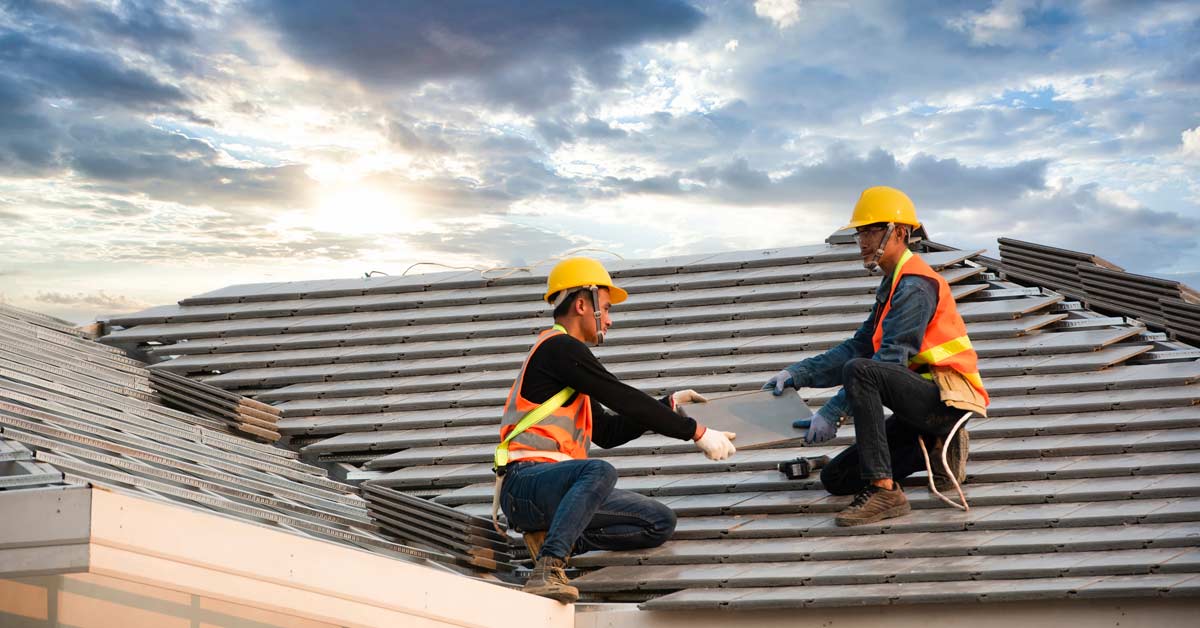Living in a country with a tropical climate such as the Philippines is the dream vacation or even retirement plan for many people across different countries all over the globe. For one, we never have to thaw ice from snow build-ups nor wear over 3 layers of clothing. However, tropical climate comes with its share of mishaps such as low-pressure areas and typhoons that bring with them strong winds, rain, and chances of flash floods that can last for days at a time.
This can happen at any time but is more common during the rainy season, which is usually from June till October. The good news is, there are ways to possibly spare your home from the dangers of flash floods or at least make preparations sturdy enough to prevent any major damages. As the famous saying goes, it is better to be safe than sorry. It is a known fact that even the sturdiest homes can suffer from cracks and leakages despite being built with good quality materials. This regular wear and tear are inevitable and worth maintaining to avoid much bigger problems in the future. After all, our home is an extension of ourselves and should be maintained regularly.
In this article, we will tackle a few home maintenance tips, just in time for this year’s rainy season.
1. Inspect those roofs and gutters
It is a fact that our roof is the first line of defense from strong winds and heavy rains, so even if there is not much impact on the home’s overall feel, it plays a big role in keeping you and everyone else in your home safe.
The gutters also play an important part in draining the water and shielding us from great inconveniences brought about by natural disasters. If one of our gutters breaks, then the house would most likely experience flooding in some areas.
A month before the rainy season begins is the perfect time to check for any holes or cracks in the roof and gutters. Be sure to reseal everything and avoid any downpipe clogs. Make sure you do this inspection yearly to avoid any further damage caused by future typhoons.
2. Inspect your electrical systems
From the sockets to the wires, to the main switches, check all your electrical systems. This will help you create an extra layer of safety in your home, especially from unwanted water leaks which could lead to accidental fires.
If you do not know how to do it yourself, don’t fret! Not everyone does. It is best to hire an electrician to do the inspection at least twice a year. Just like your roofing and plumbing, these may not be aesthetic fixes, but instead, they are practical fixes that can save you a lot of money.
3. Be wary of pests, mosquitos, and the dangers they come with
The World Health Organization has declared over 169,000 dengue virus cases in 2015. Although those numbers are significantly lower now, the fact remains that this is due to mosquitoes that breed in murky and stagnant water in our homes, and most of the time, this happens during the rainy season whether we are aware of it or not.
It is best to keep our whole home free from stagnant waters and puddles that may form in different areas of our home during the rainy season, especially outdoors. These attract bugs and become ideal environments for mosquitoes to breed. It is best to be mindful of these and keep our family safe by cleaning the entire garden, swimming pools, aquariums or fish ponds after a few days of consistent rainfall.
4. Update your storage solutions
If possible, elevate your furniture and electrical appliances, especially if your home has a basement or lower floor, or if your house is not elevated. This is for the purpose of sudden flash floods.
If you are still in the process of designing your dream home, find heavy, sturdy, and waterproof storage solutions that will protect your most valuable belongings from getting wet or destroyed in case of rain or strong winds getting inside the house through a leak on the roof or flooding like our marbled boxes. Always choose sturdy furniture made of high-quality materials like metal, stone, wood, or marble that would more likely outlast a flood, and come out with no health risks like mold infestation unlike upholstered furniture.

We deserve to feel safe, no matter the seasons or weather conditions, and there should be no place on earth that would make you feel safer than your own home and personal sanctuary.




